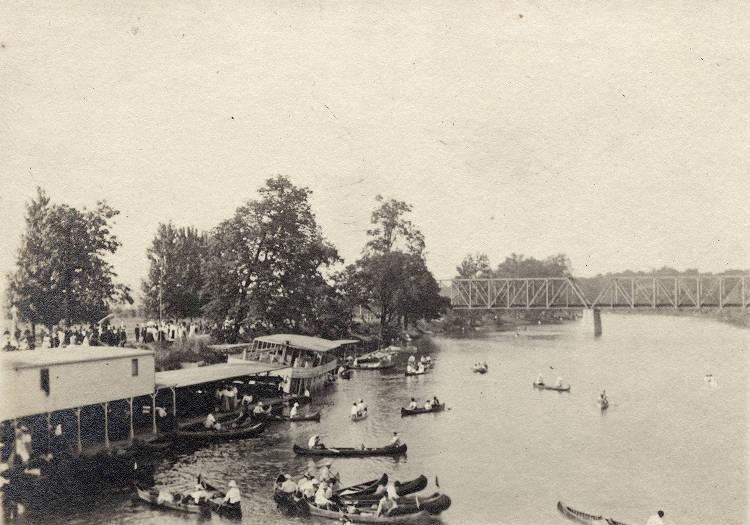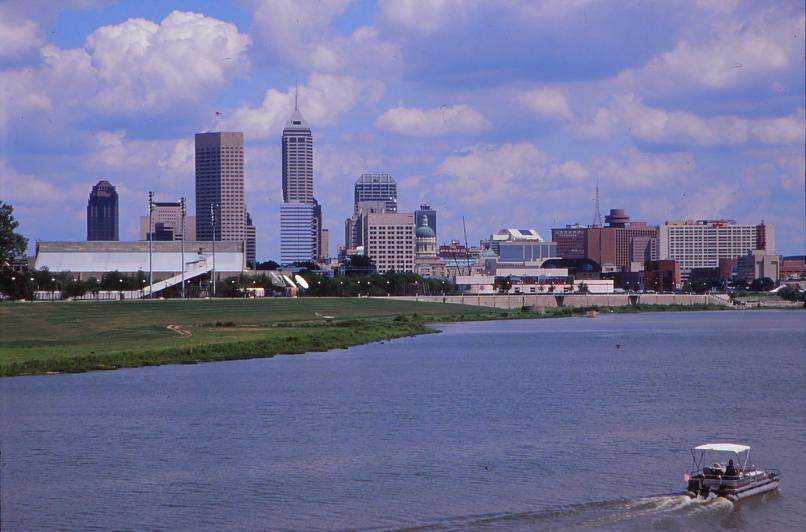The White River begins in Randolph County and flows through 362 miles of Central and Southern Indiana before meeting up with the Wabash River on the border of Illinois. The river enters Marion county at 96th Street, meandering 31.4 miles through portions of Washington, Wayne, Center, Decatur, and Perry townships at an average discharge of 1,400 cubic feet per second (CFS). Within Indianapolis, residents can access the White River through several city parks that have river frontage as well as the White River Greenway.

The river has 35 major tributaries and five identifiable segments within Marion County. The ponded, residential segment north of the dam is a popular boating area. Downstream of the dam to 38th Street, the scenic river is popular for canoeing and fishing. The 16th Street (Emrichsville) dam ponds water to 38th Street. This park-lined segment is called Lake Indy. Downstream of Emrichsville Dam the river corridor is more urban, with an artificially wide channel and concrete floodwalls that border and .
At Raymond Street, the river corridor becomes less urban near the confluence of Pleasant Run and Eagle Creek. South of Interstate 465, the river is more rural. The river passes Southport Sewage Treatment Plant, Southwestway Park, and a large wetland oxbow prior to entering Johnson County.

Pollution has plagued the White River for over a century due to the Indianapolis sewer system, population growth, agricultural runoff, and industrialization. The Clean Water Act in the 1970s helped lower pollution in the White River by preventing industries from discharging hazardous pollutants into waterways. Despite this, the river was listed in 1997 as one of the most threatened rivers in the United States. The situation was made worse in 1999 when Guide Corp, an Anderson-based factory, discharged more than 1 million gallons of a toxic chemical into the White River and killed over 4 million fish.
In 2012, work began on , a project to curb sewer overflow into the White River and other city waterways. This project prevented pollution from at least one major source. More efforts were needed, however, as other sources of pollution like agricultural runoff continued to flow into the river.
As of 2020, it was still not safe to swim in the White River due to high levels of fecal coliform. There were also strict consumption restrictions on fish due to mercury and carcinogens. The outlook for the river was not all bad. While there were just 35 species of fish populating the river in 1989, the number of fish species grew to 57 in 2011 with fish such as carp, sunfish, and bass making a comeback.
A variety of efforts began in the 21st century to improve and protect the water quality of the White River through groups like The , , and as well as projects like the . The goal is for the White River to one day be a place for enjoying beaches, swimming, fishing, watersports, and other public recreation.

Help improve this entry
Contribute information, offer corrections, suggest images.
You can also recommend new entries related to this topic.